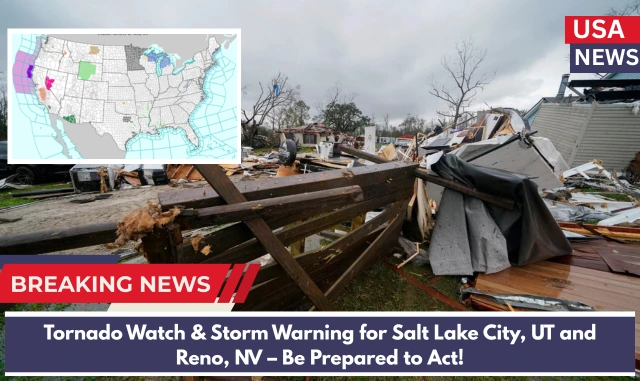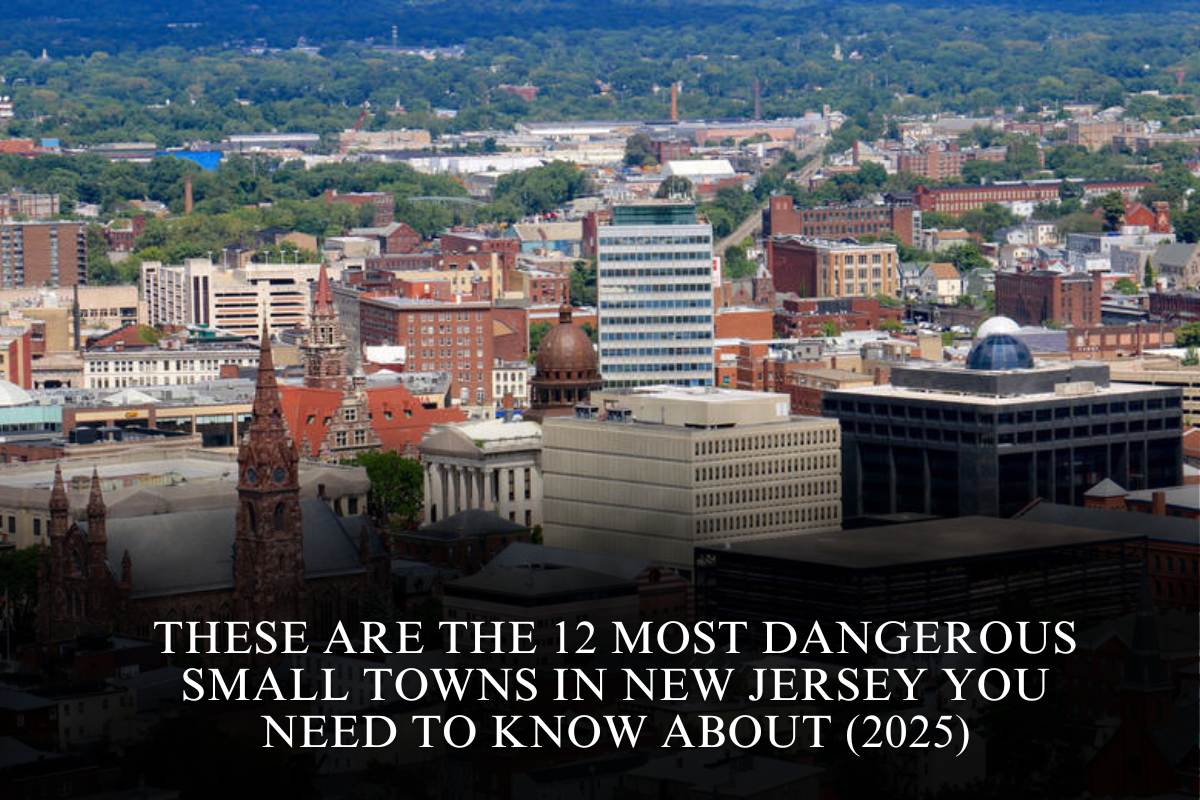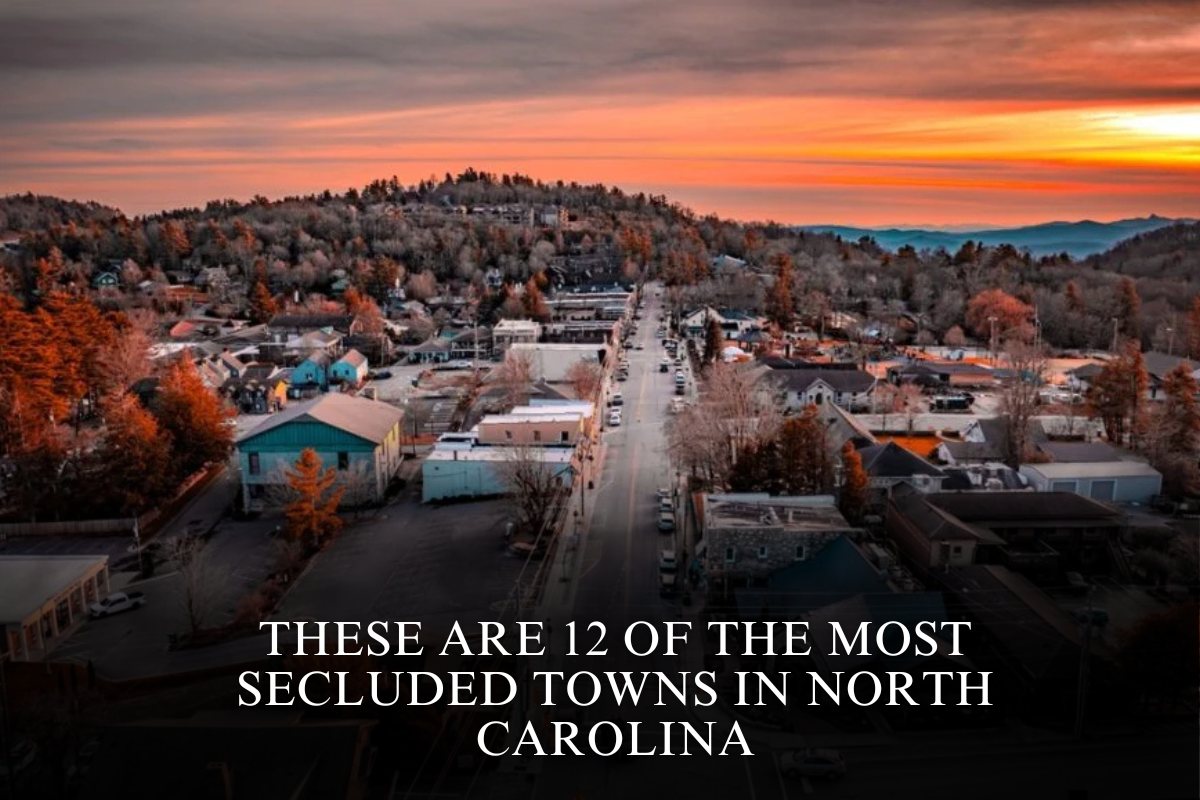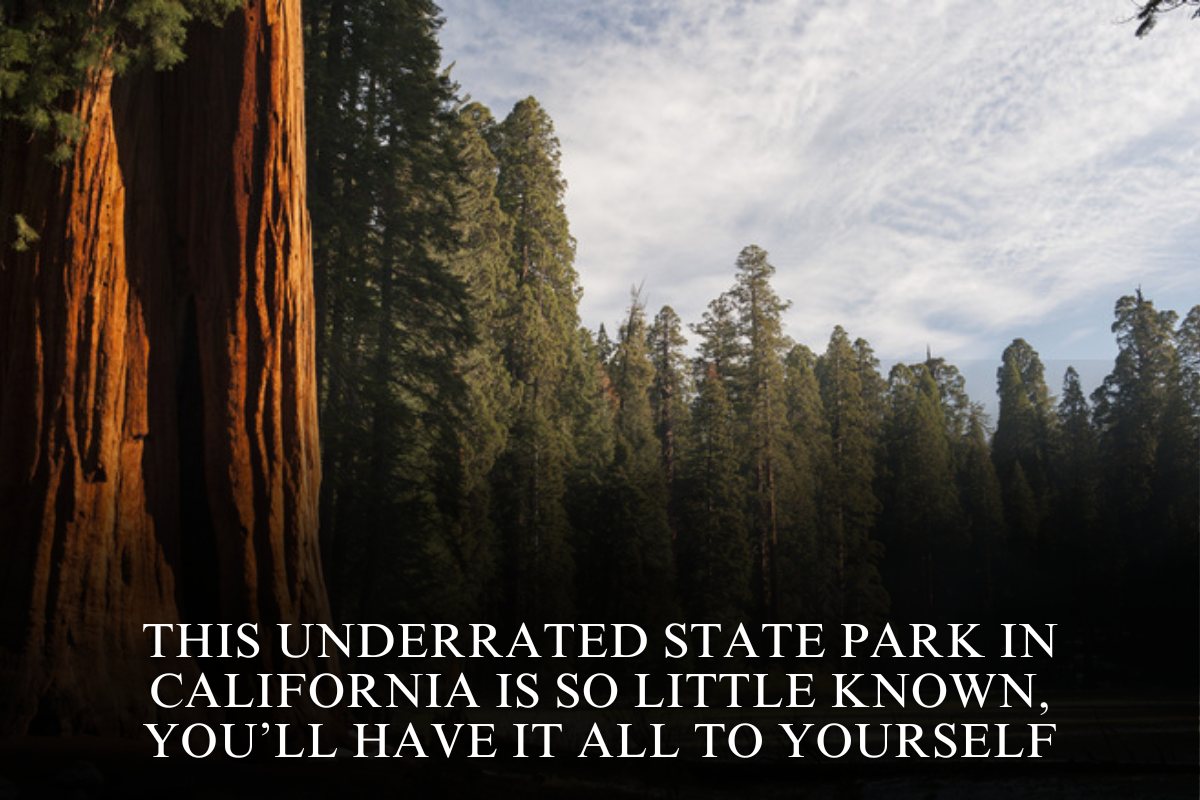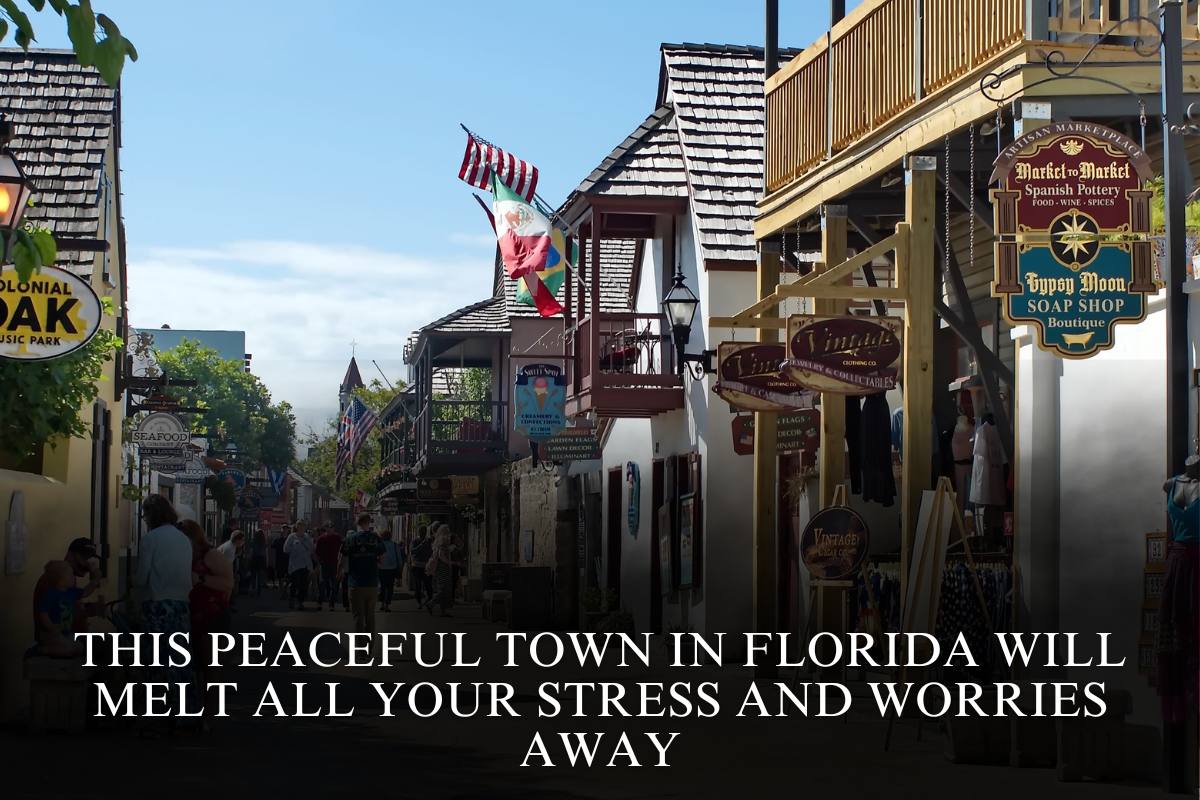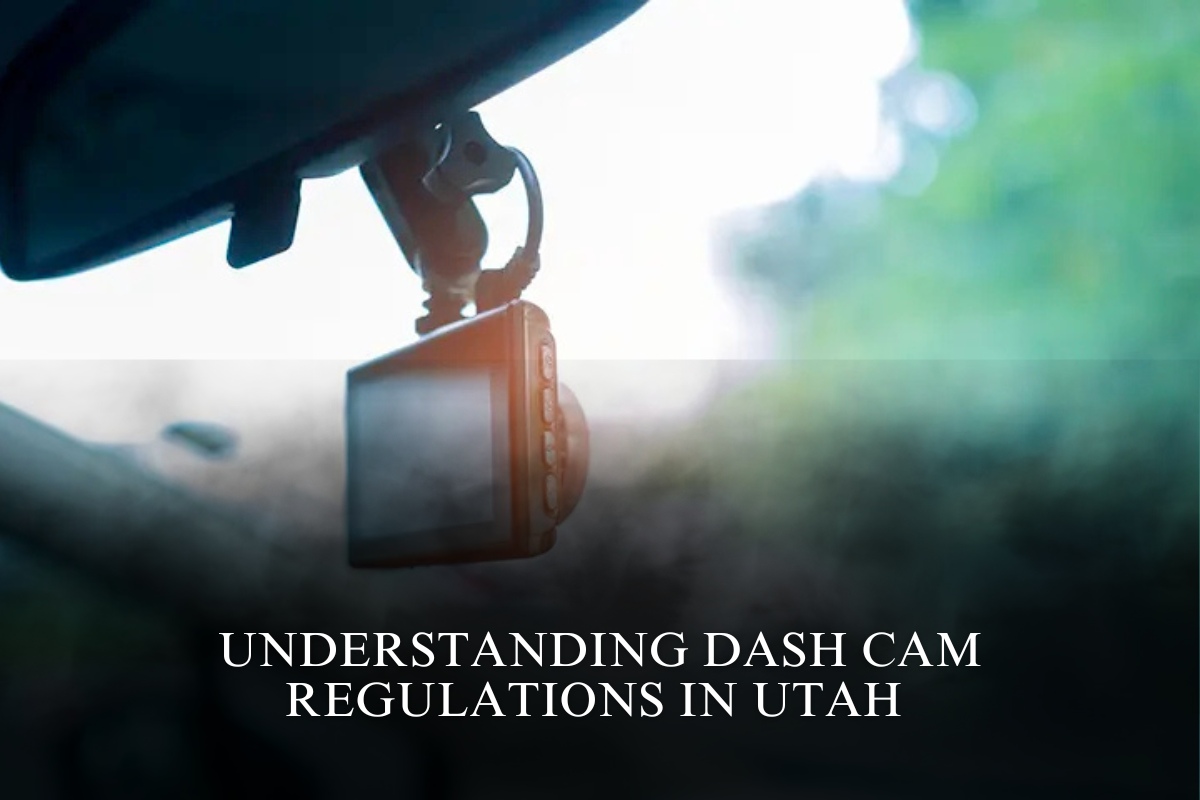A powerful and fast-moving weather system is making its way across the western U.S., triggering an urgent severe thunderstorm warning for parts of western New York—and an expanding tornado alert stretching across multiple states, now reaching as far west as Salt Lake City, Utah, and Reno, Nevada.
Areas Currently Under Threat
The National Weather Service (NWS) has issued:
- A thunderstorm warning for Genesee, Livingston, Monroe, and Wyoming counties in New York.
- A tornado alert now active across parts of New York, New Jersey, Pennsylvania, and extending westward to include Utah and Nevada, where rapidly changing atmospheric conditions pose a serious risk for rotating storms.
Although the likelihood of a tornado touching down remains low, experts emphasize that unstable conditions and high wind shear make this a situation that cannot be ignored.
“The storm that initially triggered the alert has weakened below severe criteria, but new cells are developing quickly,” said the NWS. “Remain prepared—conditions remain favorable for sudden intensification.”
Lightning & Thunderstorm Safety – What You Must Know
Lightning is one of nature’s deadliest forces. The U.S. sees over 25 million lightning strikes annually, resulting in about 20 fatalities per year—most during summer months.
With intensifying storms now forecasted for Salt Lake City and Reno, here’s how to stay protected:
Before and During the Storm:
- Have a backup power source and designated shelter location ready.
- If you hear thunder, you’re close enough to be struck—get indoors immediately.
- Avoid open spaces, ridges, and water sources.
While Indoors:
- Avoid using corded phones, wired electronics, or anything connected to plumbing.
- Stay away from windows and doors—lightning can travel through structural systems.
- Wait 30 minutes after the last thunder before heading outside again.
If You’re Caught Outside in Salt Lake City or Reno
If you’re hiking in the Wasatch Mountains or exploring Nevada’s open terrain when a storm hits, take these critical precautions:
- Avoid hilltops, ridgelines, or isolated trees.
- Seek lower ground—ravines, ditches, or valleys offer some protection.
- If in a group, spread out—don’t cluster together.
- Stay away from metal objects like fences, bikes, and tools. Metal conducts electricity.
Driving Through the Storm – Stay Safe on the Roads
With intense rainfall and strong winds expected on interstates like I-80, I-15, and I-580, drivers across the Salt Lake and Reno metro areas should be especially careful:
- Avoid underpasses, dips, and flood-prone roadways.
- Double your following distance and slow down gradually.
- Use your headlights, avoid cruise control, and keep hands firmly on the wheel.
- Watch for downed power lines, fallen branches, or flash flooding.
- If visibility becomes dangerously low, pull over to a safe area—preferably a parking lot or rest area. Use your hazard lights.
Stay Alert, Stay Ready
Whether you’re in western New York, the Mid-Atlantic, or cities like Salt Lake City and Reno, this is no time to take the weather lightly. Conditions can shift rapidly.
Key Steps to Take:
- Monitor NWS updates and radar frequently.
- Enable wireless emergency alerts on your phone.
- Have an emergency kit and a designated meeting point for family members.
This storm system is a stark reminder: when the sky darkens and alerts sound, every second counts. Stay weather-aware—and ready to act.
